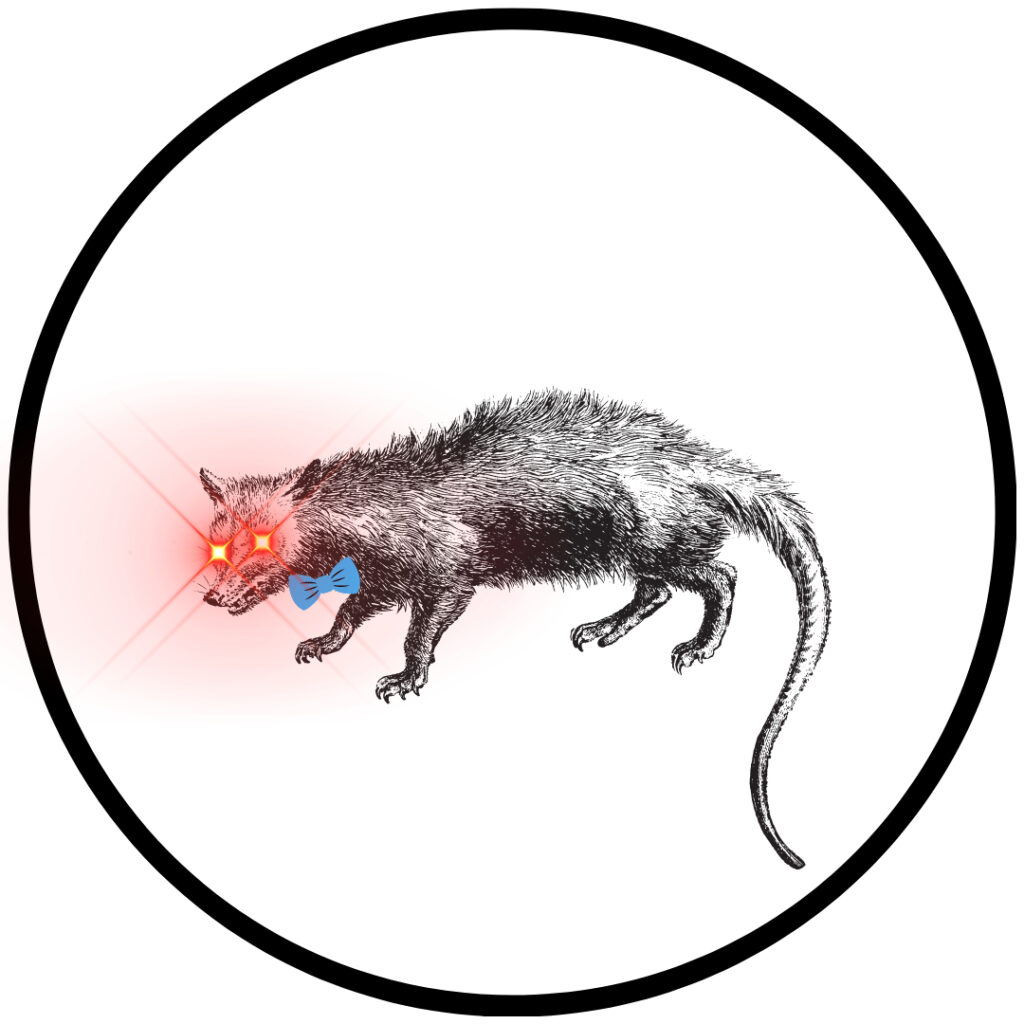The Ethereum Merge, the Ethereum Mainnet merge with the Beacon Chain will bring the end of Proof-of-Work for Ethereum and execute the permanent transition to Proof-of-Stake.
“The merge is not fully priced, not just in market terms but also in psychological narrative terms.”
Vitalik Buterin

As of July 31, the ETH2.0 deposit contract hit another all time high of 13,185,941 ETH. The anticipation for the merge continues to edge closer by the day. Here’s what you need to know.
Ethereum: From PoW to PoS
Proof of Work is a decentralized consensus mechanism where miners use energy to solve a “puzzle” to prevent anybody from gaming the system. Proof of work is used widely used in mining cryptocurrency like Bitcoin and Ether. As a result of utilizing proof of work, Bitcoin, Ethereum, and other cryptocurrency transactions can be processed peer-to-peer in a secure manner without the need for a trusted third party.

Proof-of-stake (PoS)on the other hand is a type of consensus mechanism used by blockchain networks to achieve “distributed consensus“. When Ethereum makes this transition, users who stake their ETH will become a validator in the network, therefore putting skin in the game. Validators are responsible for the same thing as miners in proof-of-work: ordering transactions and creating new blocks so that all nodes can agree on the state of the network. Proof of stake is less energy intensive, more secure, more efficient, and better for scaling.
Staking is going to be easier for individuals to participate in securing the network, and with less issuance of new ETH there is an economic incentive for network participants.
the Transition to PoS
The transition to Proof of Stake will be the most significant upgrade in Ethereum’s history, and one of the most monumental events in crypto. The Beacon Chain launched Dec 1, 2020 as Ethereum’s first move toward the transition which originally introduced the new consensus layer. The final testnet merge that stands in the way of Ethereum’s merge is the Goerli merge. Ethereum developers expect the Goerli merge, the Goerli testnet merge with the Prater network, to take place between Aug 6 – Aug 12.
Testnets recently have sequentially moved to Proof of Stake consensus mechanisms, to act like trial runs for the mainnet merge for moving the mainnet in a testing and experimental environment. Testnets (test networks) are exactly what they sound like. Networks created for simulations to measure performance, deploy tests for protocol upgrades and create networks that “act” like Ethereum.

Sepolia and Ropsten were Proof of Work testnets that successfully went through a transition to Proof of Stake during the summer. Both were successful and elevated optimism for the next and final test run.
Goerli is a cross-client proof of authority testnet. In a proof of authority consensus mechanism selected nodes in small numbers are chosen to validate transactions and create new blocks. Between Aug 6 – Aug 12 Goerli will merge to Prater’s proof of stake Beacon Chain and will be the only testnet maintained for the long term.
Conclusion
Proof of Stake comes with many benefits and improvements. It is more energy efficient than PoW, lowers existing barriers to entry by reducing hardware requirements/expenses, and will lead to more nodes operating on the network. Most notably, it is expected to enhance Ethereum’s ability to scale.

If Goerli goes off without a hitch, the Mainnet merge is expected to occur mid – September, around September 19th is the current estimation. Anticipation continues to build for the biggest crypto moment in history, since the inceptions of Bitcoin and Ethereum.










